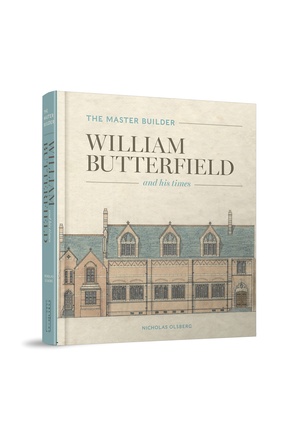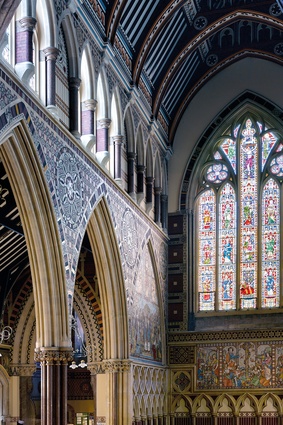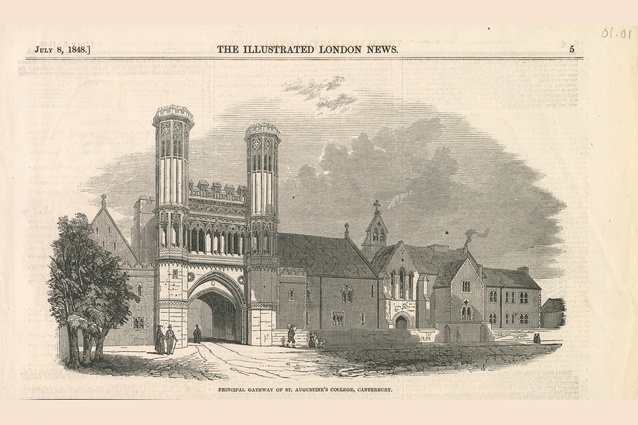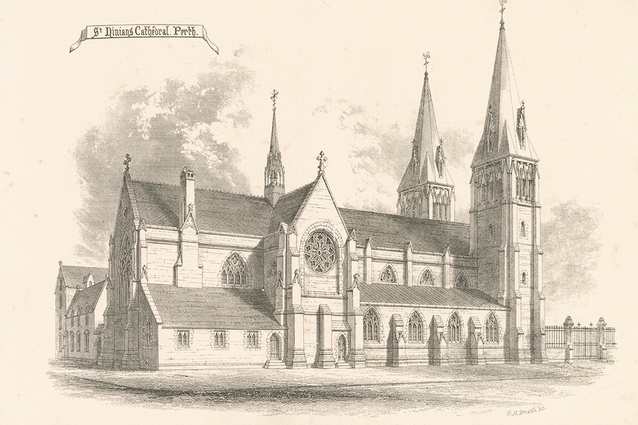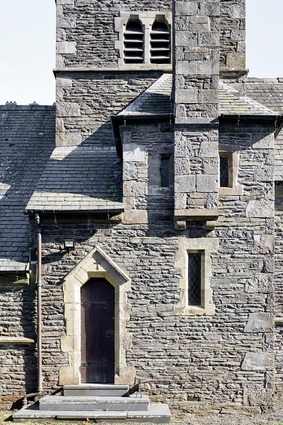Book review: The Master Builder: William Butterfield and his times
Ian Lochhead reviews Nicholas Olsberg’s new book on the famed 19th-century architect William Butterfield.
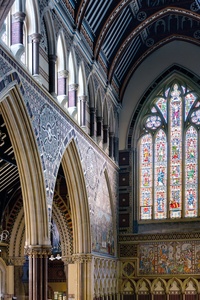
In December 1849, the Canterbury Association, while planning its idealistic settlement in the South Island of New Zealand, asked William Butterfield to design a model school and master’s house for use in the new colony. At that date, Butterfield was already established as a prominent Gothic Revival architect, although the projects for which he would later become celebrated, the Ecclesiologists’ model city church, All Saints, Margaret Street, London, the chapel and associated school buildings for Rugby, and Keble College, Oxford, were all in the future.
Butterfield’s work in the 1840s was focused on rural churches and parochial schools, funded by philanthropic landowners, who wished to address both the spiritual and educational needs of their tenants. These projects included compact, economical school rooms that could also serve as chapels for Sunday worship while providing accommodation for resident teachers. This was just the kind of multi-purpose building that the Canterbury Association anticipated would be needed in its fledgling colony. In reality, Butterfield’s design proved too ambitious and it remained unbuilt, although the plan itself survives. The wider context for this design, however, is well mapped out in the opening chapters of Nicholas Olsberg’s new study of the architect.
Like many of his contemporaries, Butterfield designed churches for the expanding British Empire, his cathedrals for Melbourne and Adelaide being notable Australasian examples, although neither proved to be happy experiences. Butterfield never visited the Antipodes but his youngest brother, infected by the emigration fever of the 1850s, arrived in Canterbury with the first wave of colonists. He did not remain long but the east window of St Saviour’s at Holy Trinity in Lyttelton, the only Butterfield stained-glass window in the country, is probably a legacy of this connection. Also, Butterfield’s 1858 design for Auckland’s St Matthew-in-the-City remained unbuilt.
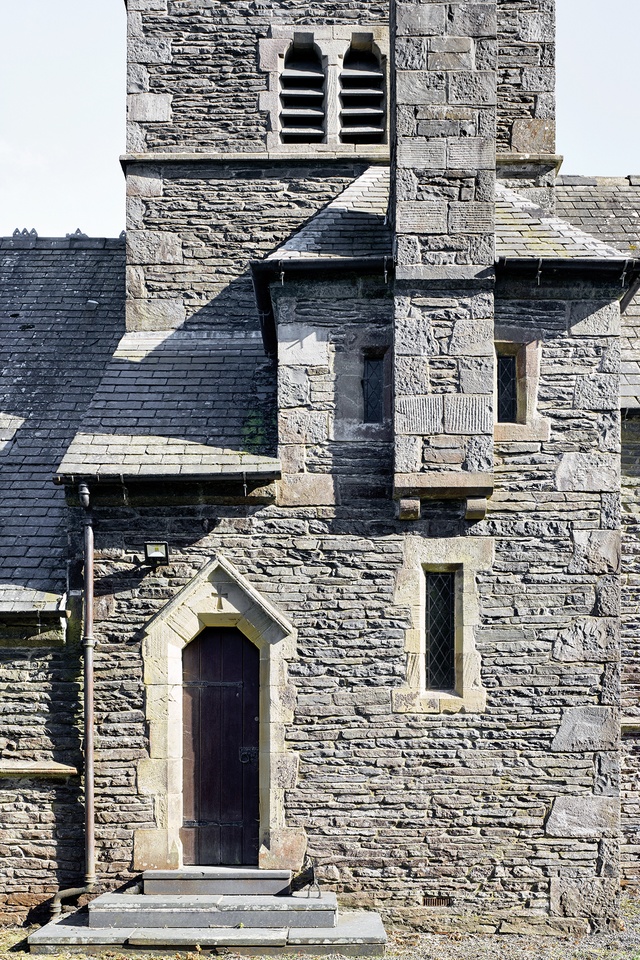
Given these local connections, quite aside from the fact that Butterfield is one of the most original Victorian Goths, a new book on the architect is bound to be of interest to New Zealand readers, especially those with a passion for our own Gothic Revival heritage. The book’s title reflects Olsberg’s focus on the contemporary context of the architect’s work, emphasising the religious revival and humanitarianism that formed the background to many commissions. Butterfield’s commitment to designing churches that combined sound construction with polychromatic richness can be interpreted as his response to an industrialising society marked by vast disparities of wealth. In the parish church, the one space where rich and poor comingled, all could share in buildings designed to endure and surrender to the colouristic splendour of interiors glowing with imperishable materials: polished stone, encaustic tiles, mosaic and stained glass. Butterfield’s glimpse of heaven on earth was available to all.
While the interiors of All Saints, Margaret Street and Keble College Chapel represent Butterfield at his most gaudy, the small Welsh chapel he designed in 1868 at Bont Goch shows his ability to use local materials with a sympathy and care that looks forward to the Arts and Crafts movement’s celebration of vernacular building traditions at the century’s end. The vestry elevation, with its monochrome palette, sharply defined mouldings and corbelled chimney breaking through the eave of the hipped roof, has a sculptural intensity that reveals that, for Butterfield, no project was too insignificant to be subjected to the full force of his architectural intelligence.
This uncompromising passion is perhaps the defining characteristic of Butterfield’s art: a quality with which even his contemporaries sometimes struggled. Later generations found his idiosyncratic genius hard to fathom. In 1928, in his pioneering study of the Gothic Revival, Kenneth Clark detected an almost sadistic quality in Butterfield’s works, while John Summerson, in a celebrated essay, wrote of the ‘glory of ugliness’. The brutalist aesthetic of the 1950s and ’60s generated a more sympathetic environment for the appreciation of Butterfield’s muscular buildings and Paul Thompson’s 1971 monograph firmly established him at the head of the pantheon of Victorian architects. Nicholas Olsberg grew to admire Butterfield while a pupil at Rugby School in the 1960s and his book reflects a lifelong fascination with the architect. It is richly illustrated with Butterfield’s meticulous plans and generous portfolios of contemporary photographs by James Morris. Olsberg has further enriched our understanding of this endlessly fascinating architect, although his book complements rather than supplants Thompson’s earlier study. It is safe to say, however, that the last word has yet to be written on William Butterfield.

